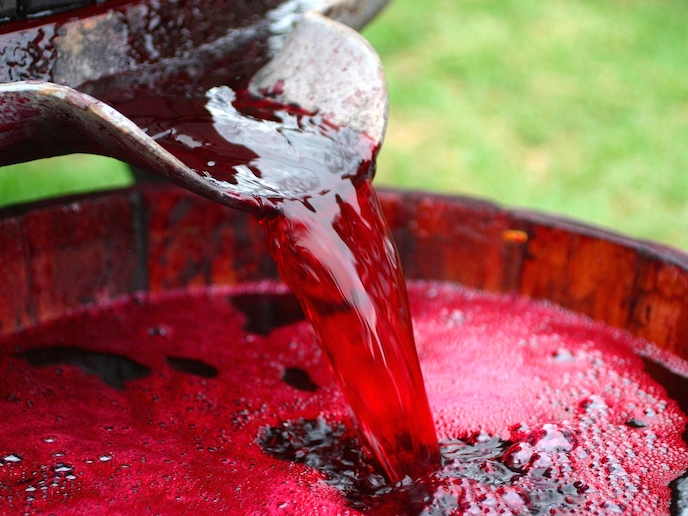Passing the sniff test: detecting spoilage in wine before it happens
The art of winemaking lies in bringing the right flavours to your final product: elements of blackcurrant, citrus and wood. But contamination by the yeast Brettanomyces(opens in new window) brings all the wrong notes, variously described as smelling like plaster, barnyards, antiseptic and sweat. The EU-funded Self-Brett 2.0 project sought to develop a simple test which can give winemakers early warning of the presence of Brettanomyces. Commonly known as Brett, the fungus breaks down naturally occurring hydrocinnamic acids in grapes, producing volatile chemicals, including 4-ethyl-phenol (4-EP) and 4-ethyl-guaiacol (4-EG), two of those responsible for its fearsome smell. In small amounts, these chemicals add a piquancy to the wine, but beyond a threshold of 426 micrograms per litre the scent becomes overpowering, and by 620 micrograms per litre only the hardiest drinkers will finish their glass(opens in new window).
A headache for winemakers
Getting rid of Brett is nearly impossible: “Brettanomyces is well-suited to survive on all surfaces in and around the winery including the winery walls, presses, fermentation tanks as well as within the wood of barrels used for wine maturation,” explains project coordinator Simona Campolongo. “Its presence has been detected across the majority of winemaking regions in the world, thus it is a global oenological concern.” Judicious cleaning can keep the yeast under control, but often by the time the spoilage in wine is noticeable it is too late for control measures, as the yeast is already in decline. Currently Brett contamination can only be diagnosed by laboratory tests, which may take weeks to process. The Self-Brett test developed by project host GRAPE Srl(opens in new window) (website in Italian) offers winemakers the option of carrying out their own investigation without the need to send material to a laboratory. The test is easy to carry out, says Campolongo: simply pour a sample of wine into the vial, shake for 60 seconds, then empty the container and wait 5 to 10 days.
A simple DIY test
“Self-Brett has a hyper-selective medium in which only Brettanomyces can grow,” adds Campolongo. “You can detect contamination if the colour has changed, Brett odours develop and yeast colonies appeared in the agar.” She describes Self-Brett as a ‘semi-quantitative’ test which reveals not only the presence of Brett but also a sense of how heavily a wine is contaminated. GRAPE, which can currently produce up to 500 testing kits a day, plans to sell these directly to wineries, oenologists, analysis laboratories and wine sellers. Once established, the company plans to engage with business customers and large distributors to reach a global market. Self-Brett 2.0 was supported by the EU’s Horizon 2020 programme. “With this help the economic feasibility of Self-Brett has been assessed, including cost/benefits, cash flow, profitability and return on investment,” notes Campolongo, adding that an aggressive sale strategy and business plan was also developed. Next, GRAPE plans to apply for the SME-2 grant in order to develop its industrialisation and commercialisation plans, while developing a similar test that can detect Brett on the surface of grapes. In the coming months it will also launch a separate product to detect spoilage in craft beers.



